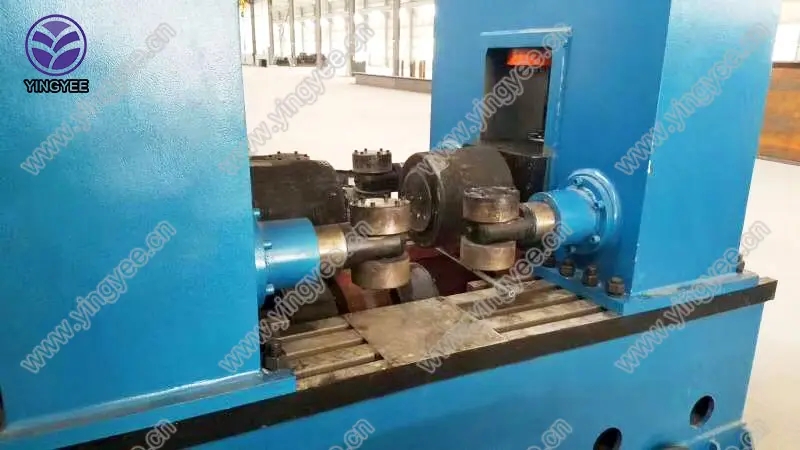
The Advancements and Applications of Cold Bending Machines
Cold bending machines have emerged as pivotal tools in the realm of metalworking, particularly for the formation and manipulation of metal components without the application of heat. This method, known for preserving the material's properties, has been widely adopted across various industries, ranging from construction to automotive manufacturing. The significance of cold bending machines lies not only in their ability to create precise shapes from metal but also in their efficiency and cost-effectiveness.
At the heart of cold bending technology is the process of deforming metal at room temperature. Unlike hot bending, where materials are heated to high temperatures, cold bending allows for the shaping of metals while maintaining their original strength and hardness. This is particularly important in applications where the structural integrity of the material is paramount. Cold bending machines are designed to apply controlled forces to metal pieces, enabling operators to achieve desired bends, curves, and angles with exceptional accuracy.
One of the primary advantages of cold bending machines is their versatility. These machines can process a wide array of metals, including steel, aluminum, and copper, making them suitable for diverse applications. In the construction industry, they are utilized to create structural elements such as beams, supports, and frames. The ability to fabricate these components on-site reduces both time and costs associated with transport and logistics.
Another notable application of cold bending machines is in the automotive sector. The manufacturing of vehicle frames, brackets, and various components is heavily reliant on the precision bending of metal. Cold bending not only enhances the aesthetic appeal of vehicle designs but also contributes to overall safety by ensuring that components fit seamlessly and operate effectively. Additionally, the environmentally friendly nature of cold bending—due to reduced energy consumption when compared to hot processes—aligns well with the industry's ongoing shift toward sustainable practices.

Cold bending machines also play a crucial role in the manufacturing of furniture and appliances. The industry benefits from the ability to create intricate shapes and durable products, from metal frames to decorative elements. The flexibility in design offered by cold bending machinery allows manufacturers to push the boundaries of creativity while ensuring that their products remain robust and functional.
Technologically, cold bending machines have evolved significantly over the years. Modern models are often equipped with advanced software systems that allow for computer-aided design (CAD) integration. This technology ensures that designs can be simulated and adjusted before production begins, reducing the likelihood of errors and waste. Automation features have also been incorporated into many cold bending machines, enhancing productivity and enabling mass production without compromising quality.
Moreover, the shift towards digital manufacturing has led to the introduction of smart cold bending machines, which use artificial intelligence and machine learning to optimize bending parameters and predict maintenance needs. These innovations not only improve efficiency but also extend the lifespan of the machines by minimizing wear and tear.
In conclusion, cold bending machines represent a crucial aspect of modern manufacturing, offering solutions across a variety of industries. Their ability to shape metal with precision and care without the need for heat makes them indispensable in the production of strong, durable components. As technological advancements continue to enhance their capabilities, the future of cold bending machinery looks promising, poised to meet the challenges of a rapidly evolving industrial landscape while ensuring efficiency and sustainability. With ongoing research and development, we can expect an even broader range of applications and enhanced performance from these machines in the years to come.